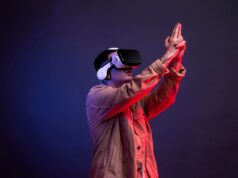
The rapid advancement of technology has revolutionized various aspects of our lives, and one area that has witnessed significant growth is the development of smart wearables.
Smart wearables, including smartwatches, fitness trackers, augmented reality glasses, and more, are revolutionizing the way we interact with technology and shaping our future in numerous ways.
• Smart Watches: These devices offer a range of features including fitness tracking, notifications, messaging, music control, and integration with mobile apps.
• Fitness Trackers: These devices monitor important metrics such as steps taken, distance traveled, calories burned, and heart rate during physical activities.
• VR Headsets: Virtual Reality headsets provide immersive experiences by transporting users to virtual environments, predominantly utilized for gaming, entertainment, or training purposes.
• AR Glasses: Augmented Reality glasses enhance the user’s perception of reality by overlaying digital information onto the real world, enabling interactive and enriched experiences.
• Smart Clothing: This category encompasses garments and accessories embedded with sensors or conductive threads, enabling functions like biometric tracking, posture monitoring, or temperature adjustment.
• Smart Jewelry: Fashionable accessories such as rings, bracelets, or necklaces that incorporate technology, offering features like fitness tracking, notification alerts, or contactless payment capabilities.
• Smart Glasses: Eyewear devices like Google Glass provide hands-free access to information, notifications, and navigation, displaying a small screen within the wearer’s field of vision.
This article explores the transformative impact of smart wearables on various sectors and delves into the potential they hold for our future.
Gaming

The rapid adoption of wearable technology is revolutionizing various industries, including the gaming sector. In 2025, the incorporation of wearable devices into game development is emerging as a prominent trend. From smartwatches to VR headsets, wearable gadgets have seamlessly integrated into our daily lives, providing convenience and enhancing gaming capabilities.
There is so much you can do with these modern innovations, from your favorite casino games such as Blackjack to the latest video games. Blackjack is a well-known casino game that has gained popularity through its appearances in movies and TV shows.
As a result, most people are familiar with its basic rules, such as understanding card values and aiming for a score of 21. However, many players engage in casual gameplay without truly grasping the intricacies of the game or honing their strategic skills.
If you’re seeking to enhance your blackjack game, here is a proper guide to help you learn how to play Blackjack. This comprehensive Maple Casino guide provides a thorough understanding of the game, and by the end of it, you’ll hopefully become a pro, but most of all, you will enjoy the experience.
Health and Fitness
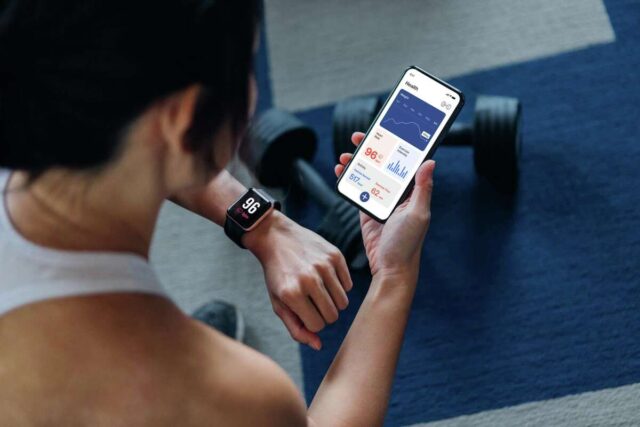
Smart wearables have emerged as invaluable tools in promoting personal health and fitness. Fitness trackers and smartwatches equipped with health sensors, heart rate monitors, and sleep trackers empower individuals to monitor their physical well-being in real-time.
These devices provide users with valuable insights into their exercise routines, sleep patterns, and overall health, enabling them to make informed decisions about their lifestyle.
Moreover, smart wearables often incorporate gamification elements, such as challenges and rewards, to motivate users during their regular fitness routines to stay active and maintain a healthy lifestyle.
Healthcare

In the healthcare industry, smart wearables have the potential to revolutionize patient monitoring, disease management, and remote healthcare. Wearable devices equipped with advanced sensors can continuously monitor vital signs, detect abnormalities, and transmit data to healthcare professionals in real-time.
This real-time monitoring allows for early detection of health issues, timely interventions, and reduced hospital visits. Moreover, smart wearables can improve medication adherence through reminders and provide patients with personalized health recommendations, leading to improved outcomes and better quality of life.
Augmented Reality and Virtual Reality
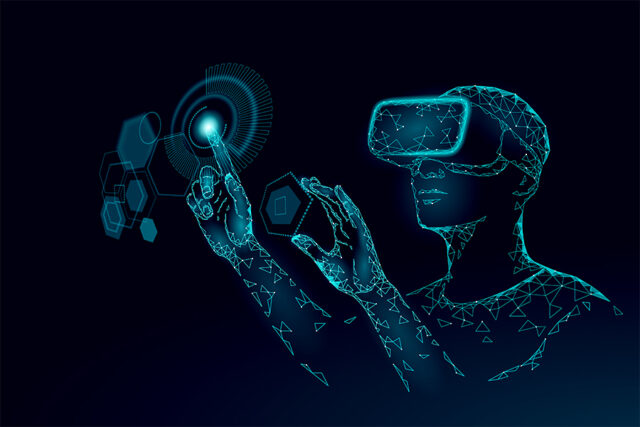
Smart wearables, such as augmented reality (AR) glasses, are reshaping the way we experience and interact with the world. AR glasses overlay digital information onto the user’s real-world view, opening up a plethora of possibilities in industries like gaming, entertainment, education, and professional fields such as architecture and design.
Virtual reality (VR) headsets offer immersive experiences, enabling users to explore virtual environments, enhance training simulations, and even facilitate virtual travel experiences. As AR and VR technologies continue to advance, smart wearables will become integral to our daily lives, blurring the line between the physical and digital realms.
Workplace Productivity and Safety
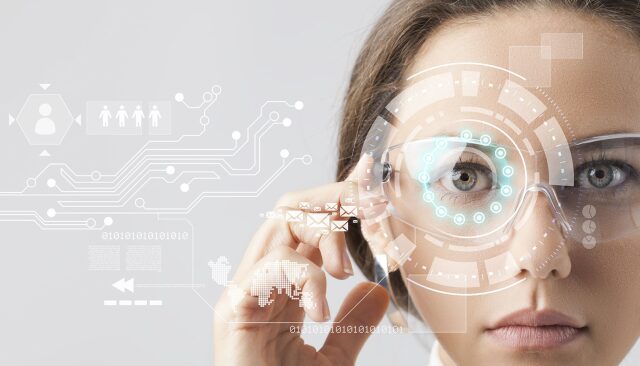
Smart wearables have the potential to enhance workplace productivity and safety across various industries. Wearable devices can provide workers with real-time access to information, instructions, and notifications, allowing for hands-free operation and reducing distractions.
For example, smart glasses equipped with augmented reality capabilities can provide step-by-step instructions to technicians or assist remote collaboration by allowing experts to provide guidance in real-time.
Additionally, smart wearables can monitor the physical condition of workers, ensuring their well-being, and alerting them to potential hazards, thereby improving overall safety standards.
Personalized Experiences
Smart wearables enable personalized experiences by collecting and analyzing data about users’ preferences, behaviors, and health. This data-driven approach allows for tailored recommendations, whether it’s suggesting personalized workouts, providing customized shopping experiences, or delivering targeted advertisements.
By leveraging machine learning algorithms, smart wearables can adapt to individuals’ unique needs and preferences, enhancing convenience and overall satisfaction.
Environmental Impact

Smart wearables also have the potential to contribute to a more sustainable future. By promoting healthy lifestyles and encouraging physical activity, these devices can help combat sedentary lifestyles and associated health issues.
Moreover, smart wearables can facilitate energy management by monitoring and optimizing energy consumption in homes and buildings, reducing waste, and promoting sustainable practices.
Stats
- The wearable technology market had a valuation of approximately $115.8 billion in 2021 and is projected to grow to $380.5 billion by 2028.
- In 2022, an estimated 320 million health wearable devices were shipped globally, and this number is expected to increase to around 440 million by 2025.
- It is anticipated that wearable technologies will contribute to a 16% reduction in hospital costs by 2027. Furthermore, by 2037, these technologies, particularly remote patient monitoring devices, could potentially save up to $200 billion.
Conclusion
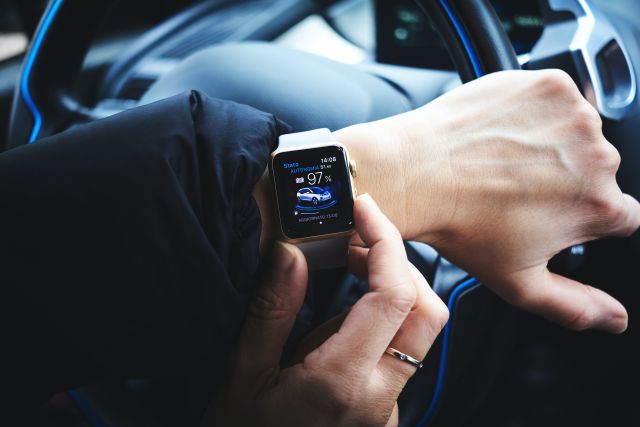
Smart wearables are undoubtedly shaping our future by transforming various aspects of our lives. From improving health and fitness to revolutionizing healthcare, enhancing productivity and safety in the workplace, and providing personalized experiences, these devices are becoming increasingly integrated into our daily routines.
As technology continues to advance, smart wearables will likely play an even more significant role in our lives, unlocking new possibilities and shaping the future in ways we are only beginning to imagine. With their potential to revolutionize industries and improve our overall well-being, smart wearables are set to become indispensable tools in the years to come.




